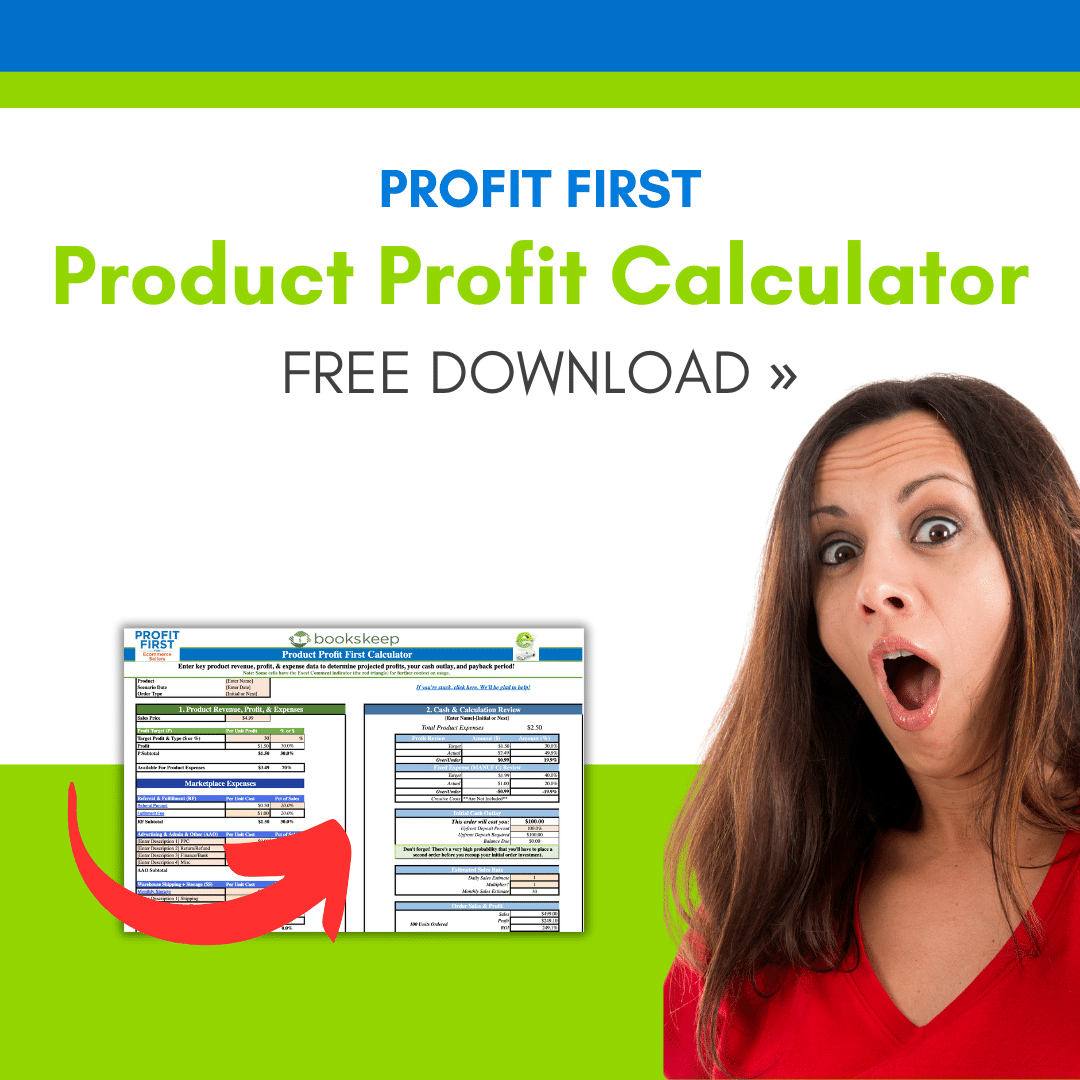
Inventory is essential for every ecommerce business, serving as its lifeblood. From market research to product development, sourcing, manufacturing, and warehousing, each step incurs costs that need proper accounting. Understanding these inventory-related expenses is vital for your business’s long-term success. Let’s explore and organize the typical costs to ensure accurate accounting.
Freight and Shipping – What’s the Difference?
Most often, the greatest costs associated with your product, aside from the actual manufacturing costs, are the costs related to receiving your product from your manufacturer and then fulfilling your orders. Freight and shipping. While both of these are methods used to transport goods from one place to another, either by land, air or sea, there is a difference between the two.
- Freight refers to transporting bulk quantities, whereas shipping is generally done in smaller quantities.
- If you are shipping a product from your manufacturer to yourself, your prep center or directly to Amazon, this is considered “freight-in.” Remember that this is usually done in bulk.
- Freight is primarily used for commercial purposes, while shipping can be done for either commercial or personal purposes.
- Shipping is when you send your products out to your customer and is typically handled in smaller quantities. The overall cost will be less than your freight costs, but the per piece price will probably be higher since you’re not dealing in bulk on this end of the business.
- As with most things, volume often lowers the costs, so freight is usually less expensive than shipping.
The differences in these two methods become even more significant when determining your overall product costs, and ultimately your profitability. Luckily, the IRS rules are pretty clear in this area.
How to Account for Inventory Costs
The big picture of your inventory costs is fairly easy to understand—identifying and sourcing the product, storing and replenishing the inventory, and finding economical ways to ship your products to your buyers. The part that stumps a lot of sellers is knowing how to account for the freight and shipping costs associated with their products. This confusion typically stems from not fully understanding the costs and how they relate to the production or sourcing and delivery of the sold products. From an accounting perspective, these costs are handled quite differently.
If you have trouble determining which category your freight and shipping costs belong in, simply remember that any of the costs related to producing your product and getting it into your hands (i.e., your warehouse, Amazon, etc.) is considered part of your Cost of Goods Sold (COGS).
The following are types of expenses that go into figuring cost of goods sold:
- The cost of products or raw materials, including freight if you are tracking freight as an inventoriable cost. We typically do not include freight in the inventory costs because of the cost variability from shipment to shipment. We prefer to track it as COGS on the P&L.
- Storage
- Direct labor (including contributions to pension or annuity plans) for workers who produce the products
- Factory overhead
Because shipping of the final product is not considered part of the production, it is included on the P&L as a Cost of Sales. It is always recorded in the period where the cost is incurred. Shipping costs can vary from one shipment to the next because of shipping methods, expedited shipping costs, changes in fuel costs, etc. And since this expense of shipping to the customer is directly related to the sale of the product, we include it in the Cost of Sales, and also in the gross profit calculation.
Accounting software doesn’t always report the Cost of Sales as a separate category on the P&L. If it is not a separate category on your P&L, then include it as an account in the Cost of Goods Sold section. You want those costs to be factored into your Gross Profit calculation.
For more information on freight, shipping, COGS and expenses, take a look online at the IRS Tax Guide for Small Business There’s a wealth of information there for ecommerce and other small businesses.
How Can Profit First Help?
Profit First Cash Flow System helps you set aside the right percentage for freight and shipping expenses, ensuring you’re prepared to cover those costs when needed. Allocate funds to a designated Shipping bank account, in addition to the typical Profit First bank accounts, and use it to pay the shipping expenses. Adjust the allocation as needed, considering more affordable shipping options or vendors if necessary.
If you need assistance with understanding your costs and tracking them appropriately in your accounting system, the bookskeep team can help you evaluate your options. Contact us today for more information.



Leave a Comment